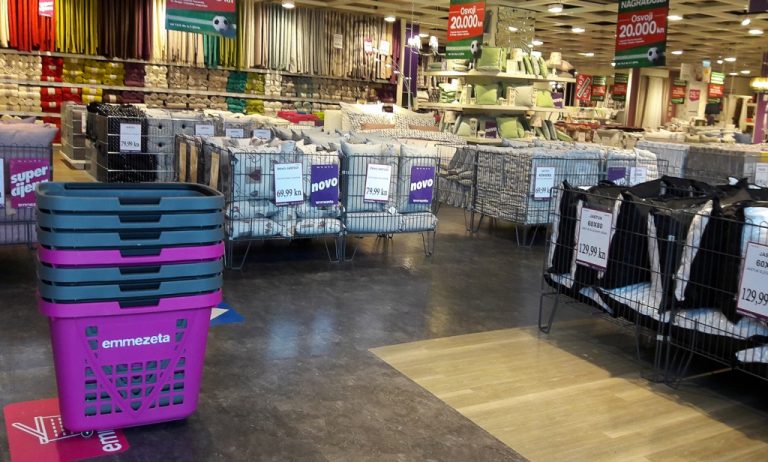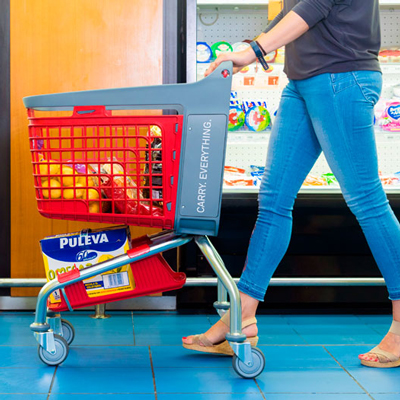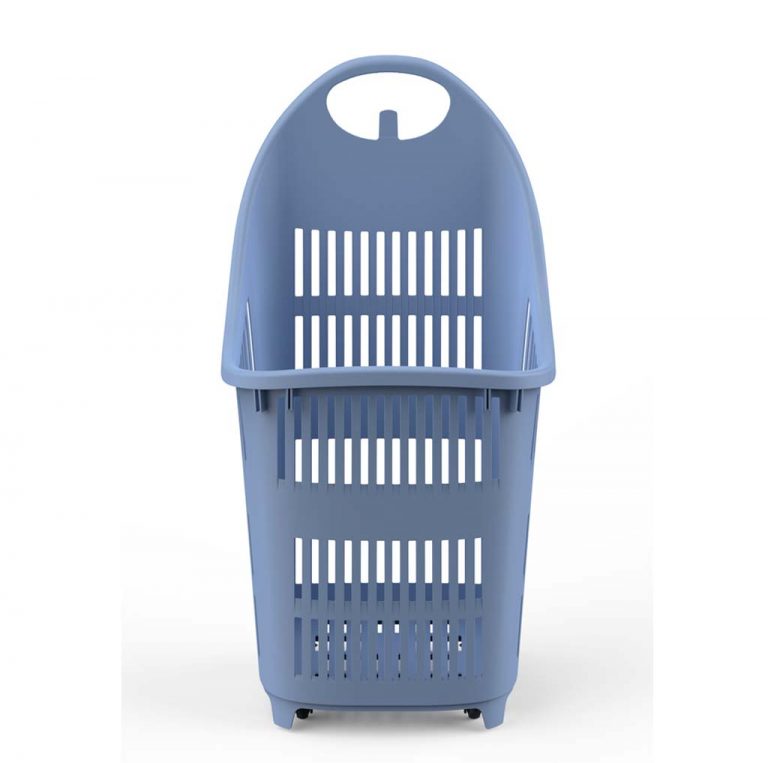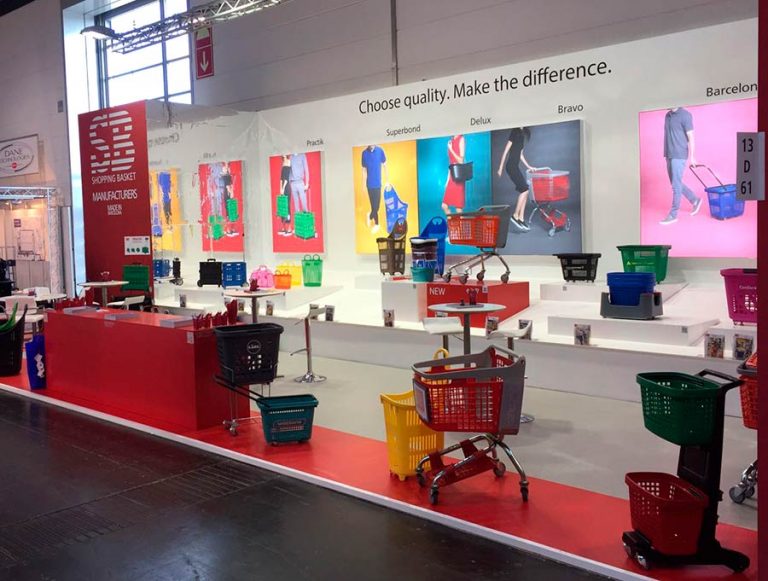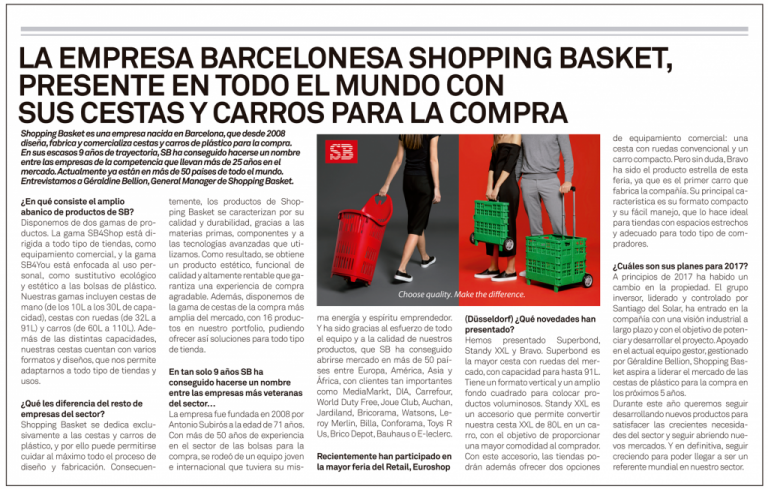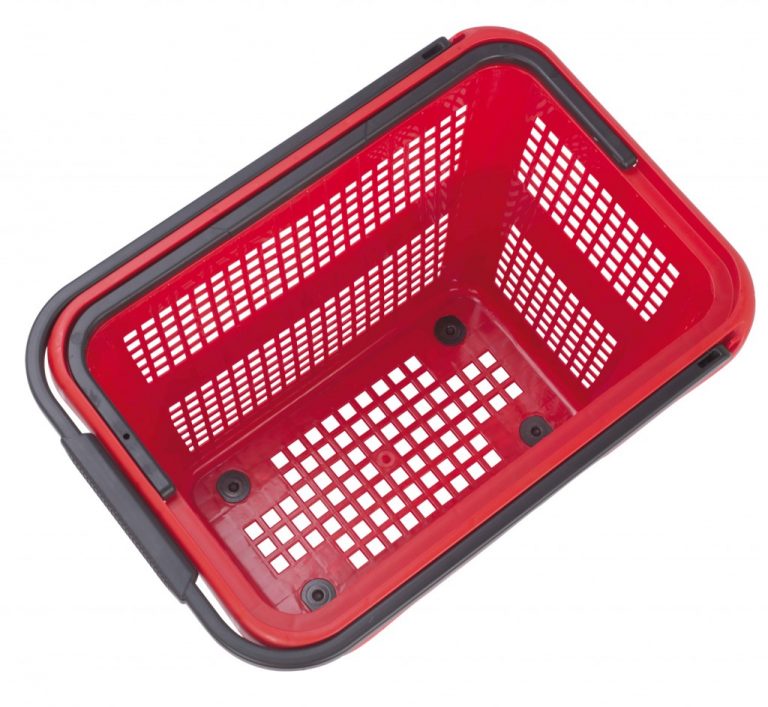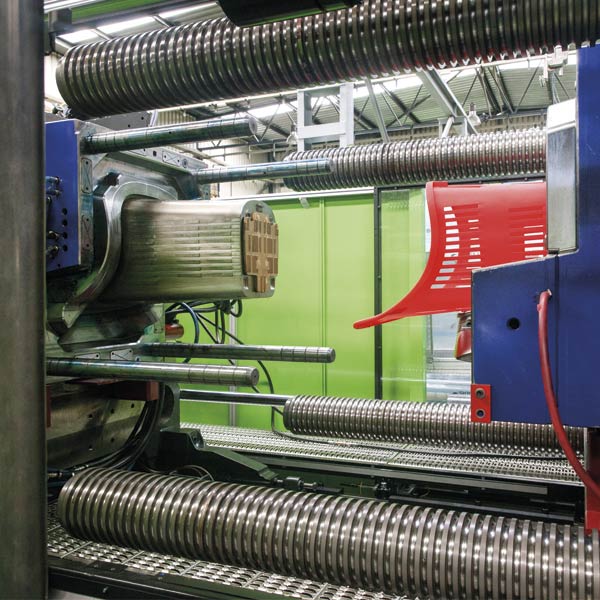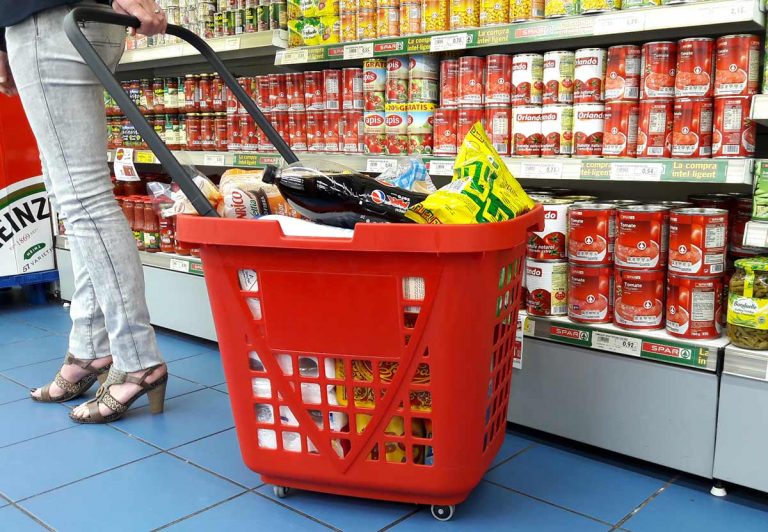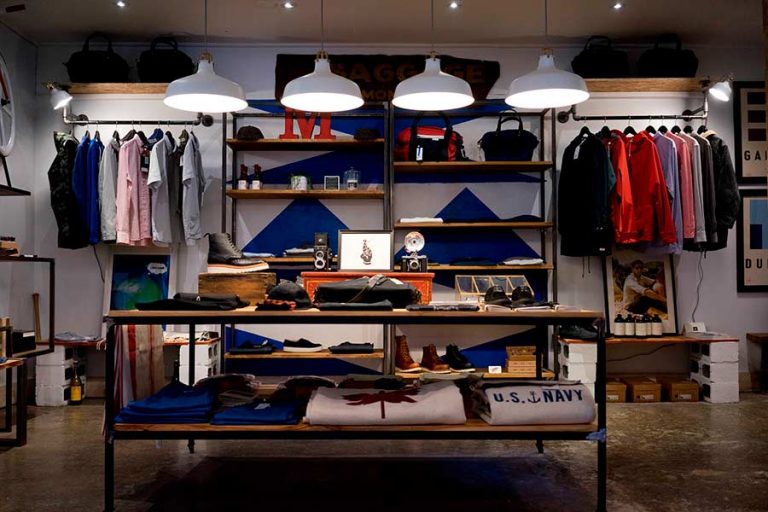The retail industry happens to be one that generally changes with the pace of times, changing needs, and expectations of today’s consumers. In such dynamic environs, demand-driven concepts in retail have proven a game-changer in enterprise operations, thus allowing the enterprise to efficiently anticipate and meet market demands by placing customers first on every business decision.
In this Shopping Basket article, we try to unearth the essence of this very strategy, explore how this works, and discover its importance for any retail businesses.
What is Demand-Driven Retail?
Demand-Driven Retail is about the customer being the very core, around which everything possible in your business focuses its concentration and attention. Unlike traditional methods of determining supply and setting up products based on historical forecasts, DDR orients the manager’s attention to real-time market demand. With this methodology able to be implemented immediately, companies can maintain their fast pace with changing consumer changes without ending up with unwanted stock, but their items offered exactly reflect what clients want and need.

In today’s competitive landscape—where customer value is pivotal to a business’s success and consumers wield more power than ever thanks to technology and connectivity—implementing a DDR strategy can be the deciding factor between thriving and failing in the market.
Key Benefits of Demand-Driven Retail
Embracing Demand-Driven Retail (DDR) offers a number of important advantages that will enhance operational efficiency and improve customer satisfaction for the company.
Improved Inventory Management
Evidently, one of the advantages of DDR is its incredible ability to optimize inventory. To this end, the company will be able to match stock to current market demand through the use of real-time data and predictive analytics, avoid overstocking, or running out of best sellers.
Waste Reduction
With a significant reduction in excess stock, as well as a better assurance of in-store products matching consumer preference, DDR significantly cuts down on product waste. Such a practice not only smooths the way to more sustainable operations but also contributes to profitability with the cutting of unnecessary expenses.
Enhanced Customer Experience
First, in every retail business, customer satisfaction is always vital. The stores can only prepare at the right time the items required by consumers through anticipating what they want. Such scenarios create an easy and nice shopping experience. As such, customers will appreciate how conveniently they find what they want, and perceive that a company really cares about their likes.
Supply Chain Optimization
Improved coordination between suppliers and retailers ensures that products are available when needed, reducing delays and bottlenecks. With a supply chain that is in sync, businesses can respond quickly to market fluctuations to ensure efficiency and reliability in meeting customer demands.
How to Implement a Demand-Driven Retail Strategy
The implementation of a Demand-Driven Retail approach has to be holistic: it integrates technology, analysis of data, and a customer-focused mindset.
1. Collect and Analyze Real-Time Data
The first step is to create a system that offers real-time data. This could be from the point of sale, online purchases, social media trends, and customer behavior analysis; Big Data in Retail. This is where the business should make use of digital tools to process the information into meaningful insights to drive decision-making.
2. Accurate and Flexible Forecasting
When accurate data is achieved, it should be used in making a forecast of demand according to the current market trend. Unlike the traditional forecast, which was based on historical patterns, DDR is centered on real-time insight and agile enough to flex around sudden changes in consumer behavior.
3. Collaboration with Suppliers and Partners
A smooth communication system should be established to enable all parties to make necessary adjustments in production and distribution. This will ensure that suppliers are able to respond to changes in demand with ease, ensuring timely delivery of products to the stores.

4. Promoting Business Agility
Agility is a very integral element of DDR. Companies have to change course at short notice, depending on what the market dictates. This ranges from changes in product offerings to tweaking marketing campaigns based on evolving consumer preferences.
5. Training the Sales Team
A well-trained sales team is crucial for any retail strategy. In DDR, it needs to be tuned for sensing the shifts in demand and communicating the same across the organization. This not only aids in operational efficiencies but ensures that business decisions are made keeping in mind customer needs as well.
Success Stories in Demand-Driven Retail
Several world-renowned companies have put the DDR approach to work and boast great success with it. Fashion companies, such as Zara, have mastered the use of the fast-fashion model: inventory adjusted to the current demand of customers, reducing the production and delivery times down to a minimum. That is actually one of the keys to their global success.
Another example is Amazon, which uses real-time data to predict the demand for a certain product and aligns that with its supply chain. This enables fast delivery times and a more personalized shopping experience.
The Importance of Adapting to Consumer Demand
Demand-driven retail isn’t a trend; rather, it is a crucial need of the marketplace of today. Any business that tries to turn its back on these changes does so at its peril in a very competitive environment. Through the application of demand-generating approaches, companies can reduce waste and best meet consumer needs by optimizing operations in an effective and efficient way.
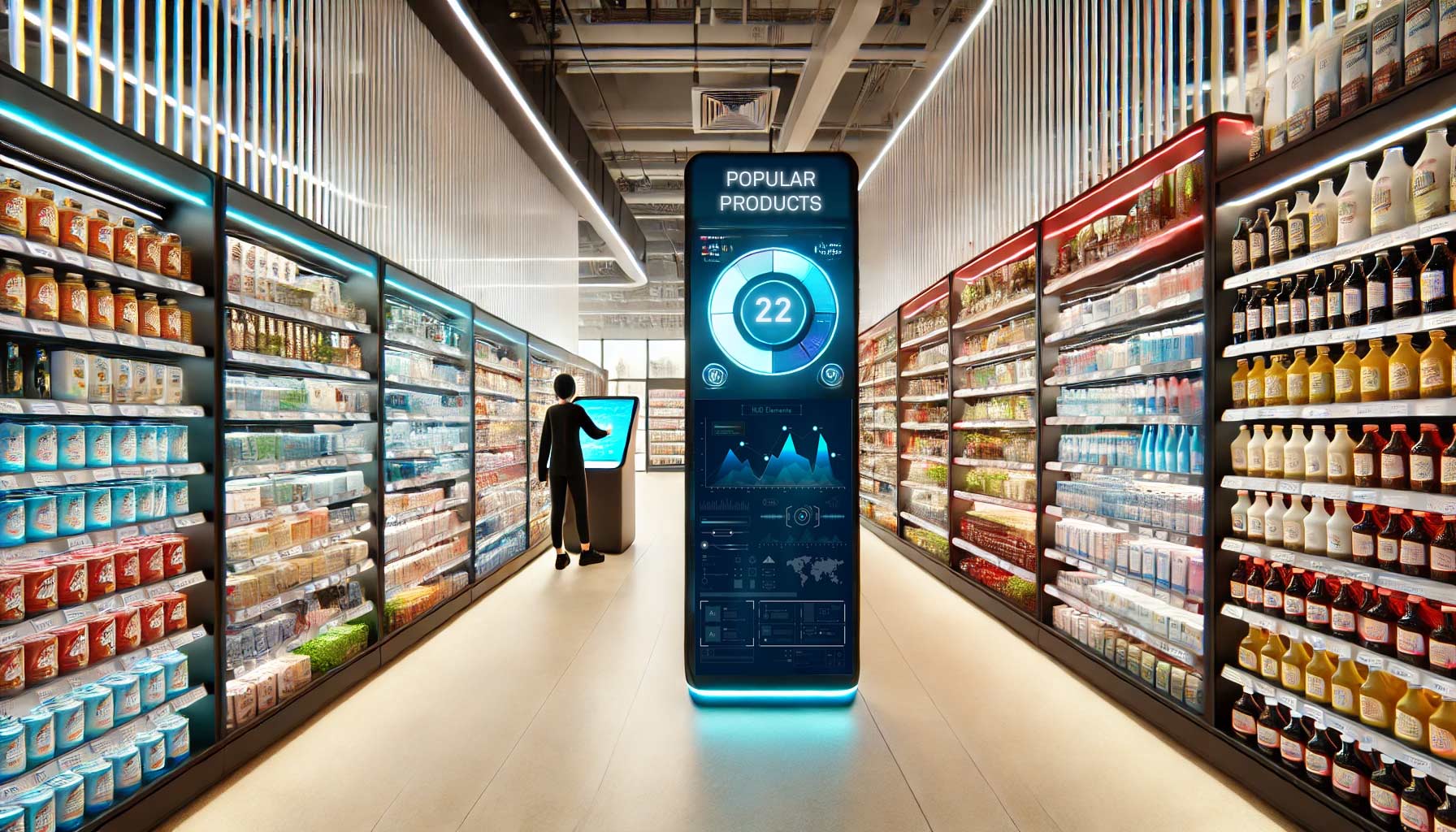
 Sign up for our newsletter and be the first to receive our articles!
Sign up for our newsletter and be the first to receive our articles!
